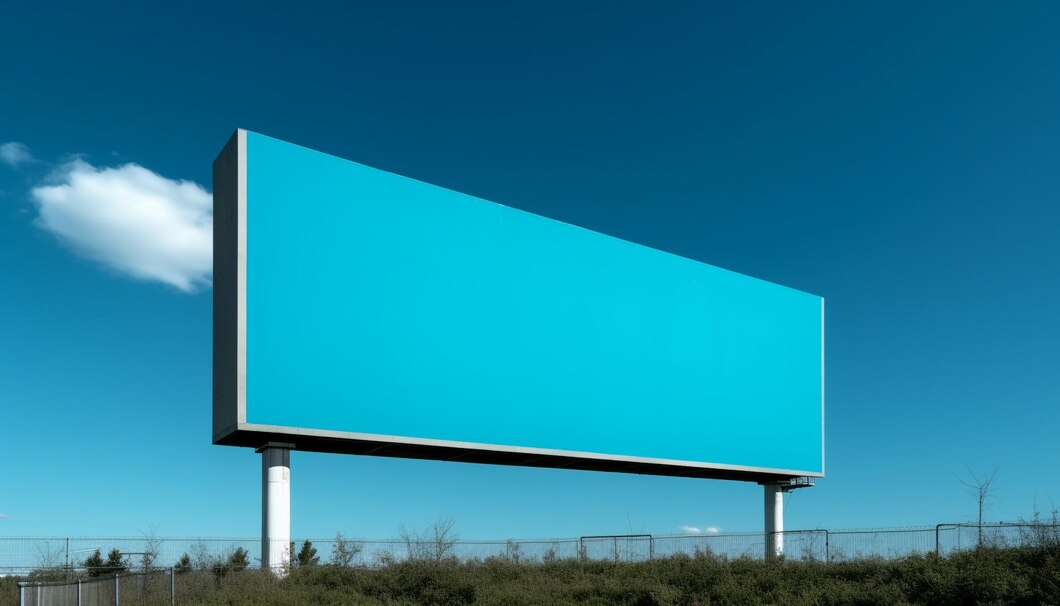Why Street Furniture is the New Frontier in Urban Design
by Barsha Bhattacharya Business Development 23 November 2023

Urban design has always been a critical element in shaping the character and functionality of cities. From the layout of streets and buildings to the placement of parks and public spaces, urban designers play a vital role in creating urban environments that are both aesthetically pleasing and functional. However, there has been a growing recognition of the importance of street furniture in urban design in recent years.
Solutions like Astra Street Furniture, which provides benches, trash bins, bike racks, and bus shelters, may seem like minor details, but they can profoundly impact the overall quality of urban life. In this blog post, we will explore why street furniture is emerging as the new frontier in urban design and how it can transform our cities for the better.
The Functionality Of Street Furniture
One of the most apparent reasons street furniture is gaining prominence in urban design is its functionality. Street furniture serves a multitude of purposes that are essential for urban living. Benches provide places for people to rest and socialize, trash bins help keep the streets clean, bike racks encourage cycling as a mode of transportation, and bus shelters offer protection from the elements while waiting for public transport. These functional aspects of street furniture enhance the quality of life for city residents and visitors alike.
Consider the humble bench, for instance. A well-designed bench can transform a public space into a welcoming and inviting area for people to gather, relax, and enjoy their surroundings. It provides a sense of place and encourages social interaction, making the urban environment more vibrant and connected.
Similarly, bike racks promote sustainable transportation and contribute to a cleaner and healthier city by reducing reliance on cars. When properly placed and designed, bike racks can encourage more people to choose cycling, reducing traffic congestion and air pollution.
Aesthetics And Identity
Beyond their practical utility, street furniture also plays a significant role in shaping the aesthetics and identity of a city. Street furniture can be thought of as urban accessories, much like jewelry complements an outfit. The design and placement of street furniture can define the character of a neighborhood or an entire city.
Architecturally inspired benches, artistically designed trash bins, and uniquely crafted bus shelters can add a touch of personality and style to urban spaces. These elements help create a sense of place and make a city more memorable and appealing to residents and tourists alike. In this way, street furniture becomes a crucial tool for urban designers to express their vision and enhance the identity of a place.
For example, the iconic red double-decker buses and classic red phone booths are synonymous with London’s identity. These pieces of street furniture not only serve functional purposes but also contribute to the city’s cultural and visual identity. Similarly, the distinctive benches and streetlights of Barcelona’s famous Las Ramblas promenade are essential elements of the area’s character and charm.
Inclusivity And Accessibility
Inclusive urban design is another key driver behind the growing importance of street furniture. Cities are diverse, with residents of various ages, abilities, and backgrounds. Street furniture should be designed with inclusivity in mind to ensure that urban spaces are accessible and welcoming to everyone.
Benches with armrests and backrests can provide additional support for older adults and individuals with mobility issues. Accessible bus shelters with ramps and seating options cater to the needs of people with disabilities. Designing street furniture with a focus on inclusivity ensures that public spaces are usable by a wider range of people, fostering a more equitable and diverse urban environment.
Safety And Security
Street furniture also plays a role in enhancing safety and security in urban areas. Well-placed streetlights, for example, provide illumination in public spaces, making them safer at night and reducing the risk of crime. Additionally, strategically designed seating and gathering areas can help deter anti-social behavior by increasing the presence of people in public spaces.
Trash bins and recycling receptacles help maintain cleanliness in the city, reducing litter and the potential for pest infestations. By addressing these practical concerns, street furniture contributes to the overall well-being and security of urban residents.
Sustainability And Green Initiatives
In an era where sustainability and environmental consciousness are paramount, street furniture can be leveraged as a tool to promote green initiatives. Sustainable materials, such as recycled plastic or reclaimed wood, can be used in the construction of street furniture, reducing the environmental footprint. Additionally, incorporating features like solar-powered lighting into street furniture can harness renewable energy sources and contribute to energy efficiency.
Furthermore, street furniture can support urban greenery initiatives. Tree planters and green walls integrated into street furniture can improve air quality, provide shade, and enhance the aesthetic appeal of public spaces. These green elements also help mitigate the urban heat island effect and combat climate change.
Adaptive Urban Design
The flexibility and adaptability of street furniture make it a versatile tool for urban designers to respond to changing needs and trends. Unlike fixed architectural structures, street furniture can be easily repositioned, replaced, or upgraded as urban dynamics evolve.
For example, the COVID-19 pandemic has highlighted the importance of adaptable urban design. Cities quickly needed to reconfigure public spaces to accommodate social distancing and outdoor dining. Street furniture, such as moveable barriers, outdoor seating, and hand sanitizer stations, played a crucial role in this adaptation process.
Final Thoughts
Street furniture is emerging as the new frontier in urban design due to its multifaceted impact on the functionality, aesthetics, inclusivity, safety, sustainability, and adaptability of cities. As urban populations continue to grow, and the importance of public spaces becomes more evident, the role of street furniture in shaping the urban landscape is set to become even more critical.
Urban designers and planners must recognize the potential of street furniture to create vibrant, inclusive, and sustainable cities. By carefully considering the design, placement, and materials of street furniture, cities can enhance their quality of life, foster a unique identity, and contribute to a more environmentally friendly and resilient future.
Read Also:



































































































